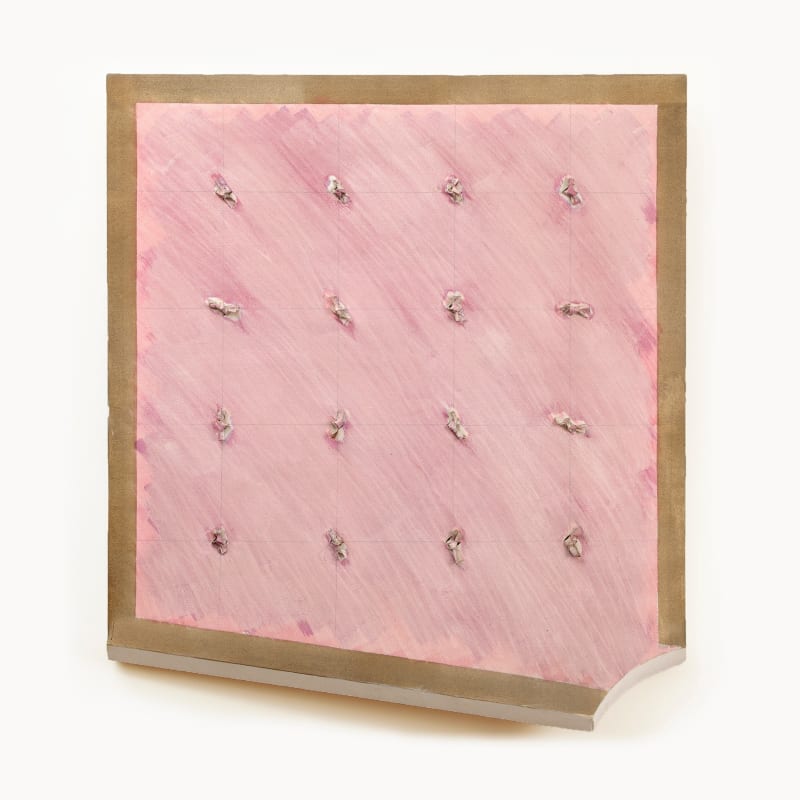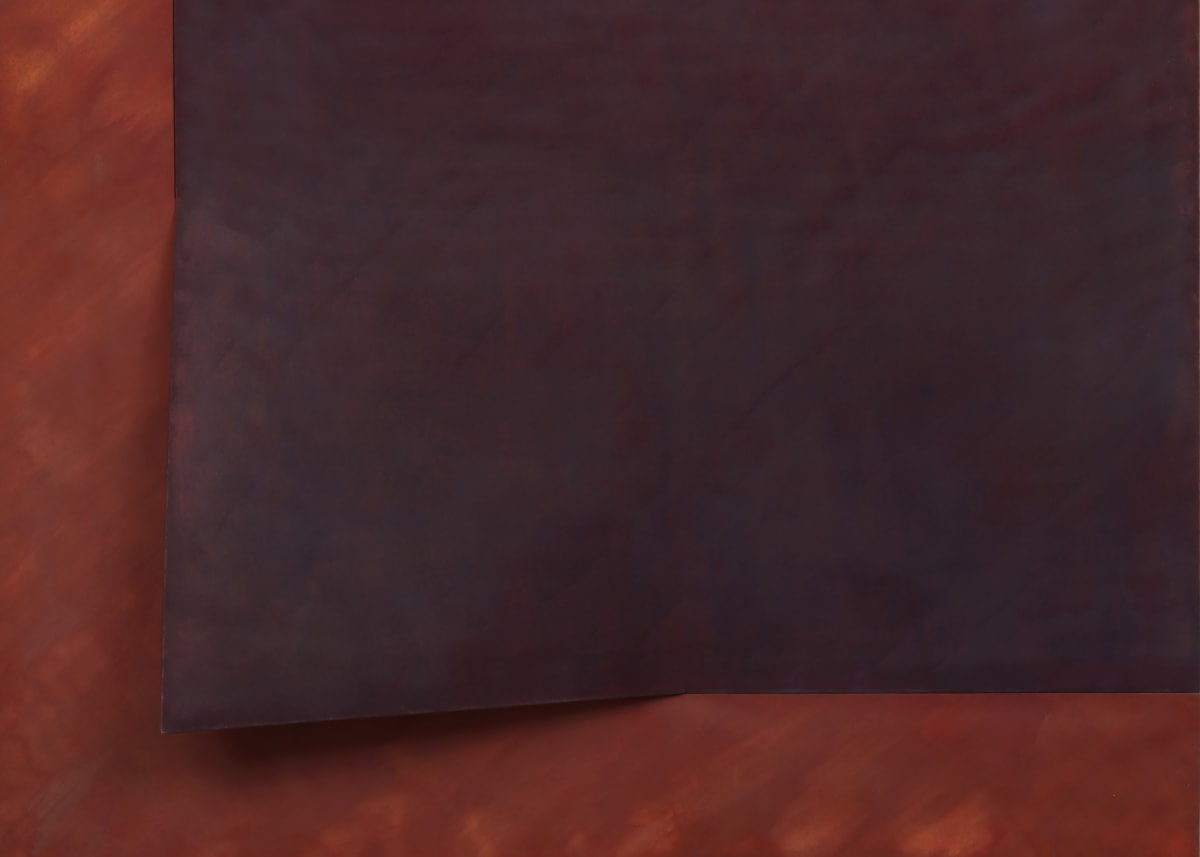I paint about communication. The communication media are a large part of my landscape. My interest is not in the message so much as in the method.
– Richard Smith
Hazlitt Holland-Hibbert represents the Estate of Richard Smith.
Richard Smith (1931-2016) was a pioneering British artist whose work synthesised the vibrant energy of Pop art with a distinctly European sensibility to texture. His early work took inspiration from the visual environment in which he lived, the city and the urban world of popular entertainment and consumer culture. Starting from Marshall McLuhan’s theory of mass communication, pop culture was integrated into his work in an indirect and conceptual manner, and the synthetic world of popular images was transformed into technicoloured visual spectacles. Continually pushing boundaries, Smith gained further critical acclaim for extending his work into three dimensions, creating sculptural shaped canvases, and later kite paintings that challenged the boundaries of the medium, particularly that of the relationship between the canvas and its support.
Born in Letchworth in 1931, Smith served in the Royal Air Force for two years before studying as a postgraduate in the painting school at the Royal College of Art in London from 1954 to 1957. Inspired by all things ‘Americana’, he recalled the impact of the first display of Abstract Expressionist paintings at the Tate Gallery in January 1956. Rothko’s delicate, feathered touch and Pollock’s expansive scale influenced his early style in which popular imagery is veiled in thin layers of diaphanous paint. Smith was awarded the Harkness Fellowship in 1959 which facilitated his move to New York. In his SoHo loft, he produced ambitious paintings which were then exhibited at Richard Bellamy’s cutting-edge Green Gallery in April 1961. Full of optimism and high-key colour, it is notable that his first solo exhibition was in New York, arguably the first Pop exhibition in that city, and one that established his reputation as a serious and intelligent young artist.
Returning to London in 1961, Smith replicated his New York life, renting the third and fourth floors of a warehouse building in Bath Street. In this capacious space – assisted for a while by Derek Boshier (1937-2024) – he continued to produce large canvases infused with the confidence cultivated in New York. The scale and ambition of Smith’s art suited the glamorous ‘swinging Sixties’ scene in London; his boldness and curiosity was fervent as he began to radically stretch and shape his canvases. His concern turned to exploring the basic components of a painting: sculptural qualities came to the fore, forms became more defined, and colour richer. The first shaped canvaseswere exhibited at the Kasmin Gallery in 1963, the start of a string of solo shows and increasing critical acclaim.
Smith’s first retrospective, at thirty-four, was held at the Whitechapel Art Gallery in 1966, and he was one of four artists invited to represent the UK at the Venice Biennale that same year. He was awarded the Grand Prix at the Bienal de São Paulo in 1967 and returned to Venice in 1970 when he was the first artist to have the British Pavilion to himself. A second retrospective, Seven Exhibitions, was held at the Tate Gallery, London, in 1975. The show reconstructed seven of Smith’s seminal shows, from those at the Green Gallery to Kasmin’s, and showcased his most-recent ‘kites’. By 1966 Smith and his family found the USA a discouraging environment in the midst of the Vietnam war. Relocating from metropolitan life, his output underlined simplicity – he turned to artisanal materials and deeper, organic tones, preconditions for his ‘kite’ paintings that took precedence in 1972. The ‘kites’ embody a lightness that retreats from the monumentality of his shaped canvases yet retain Smith’s quintessential tenderness of touch. The works attest to his enduring interest in the fundamental principles of painting, preoccupations that continued following his move back to America in 1976, through to his death in 2016.




